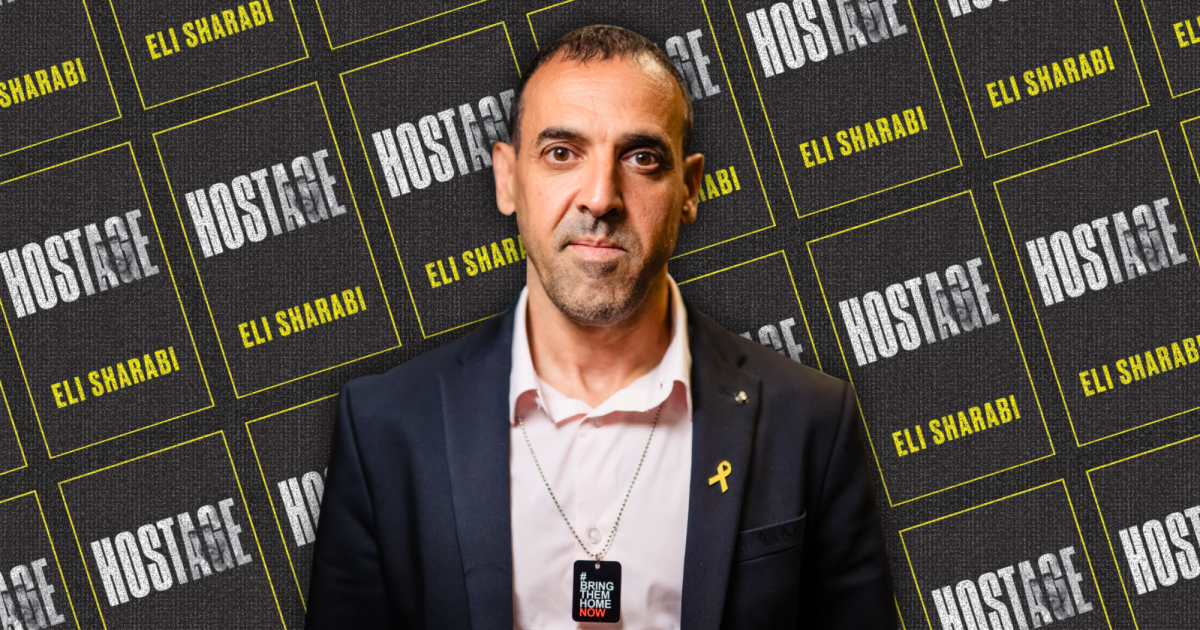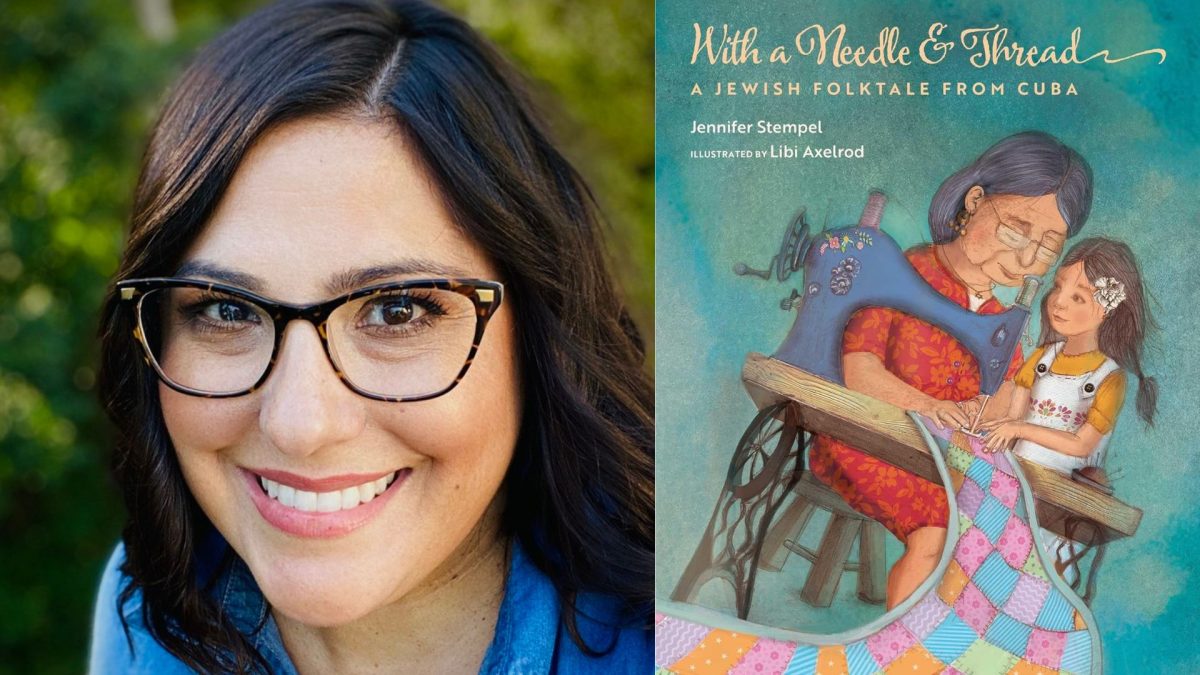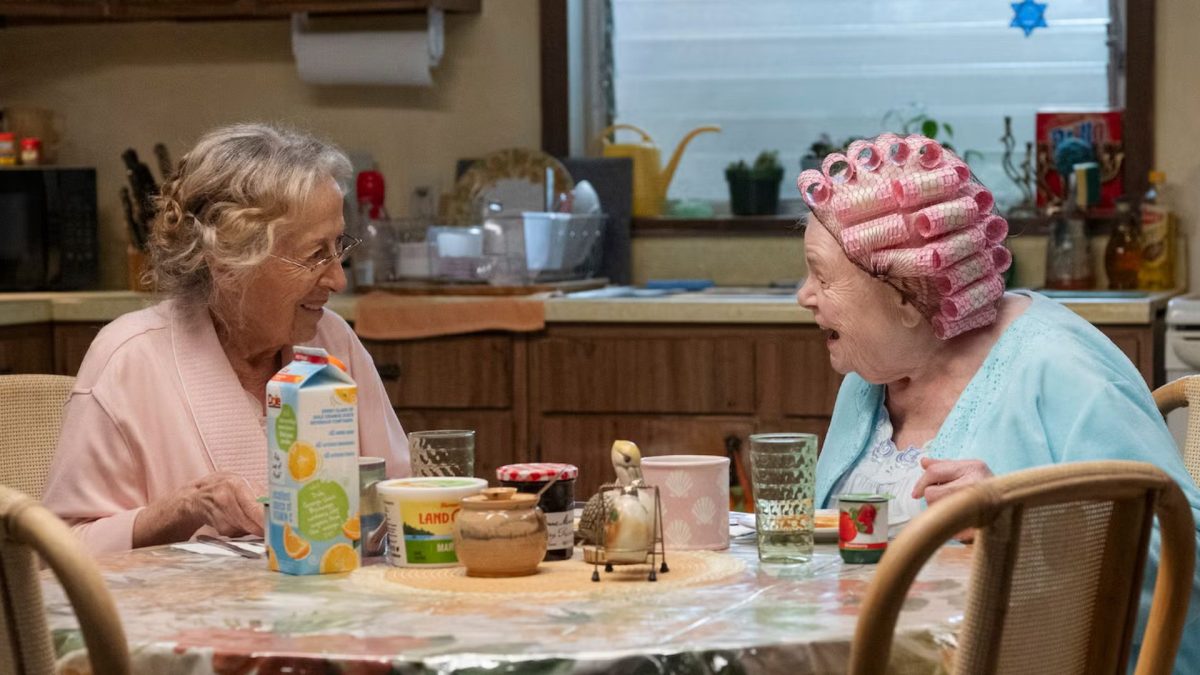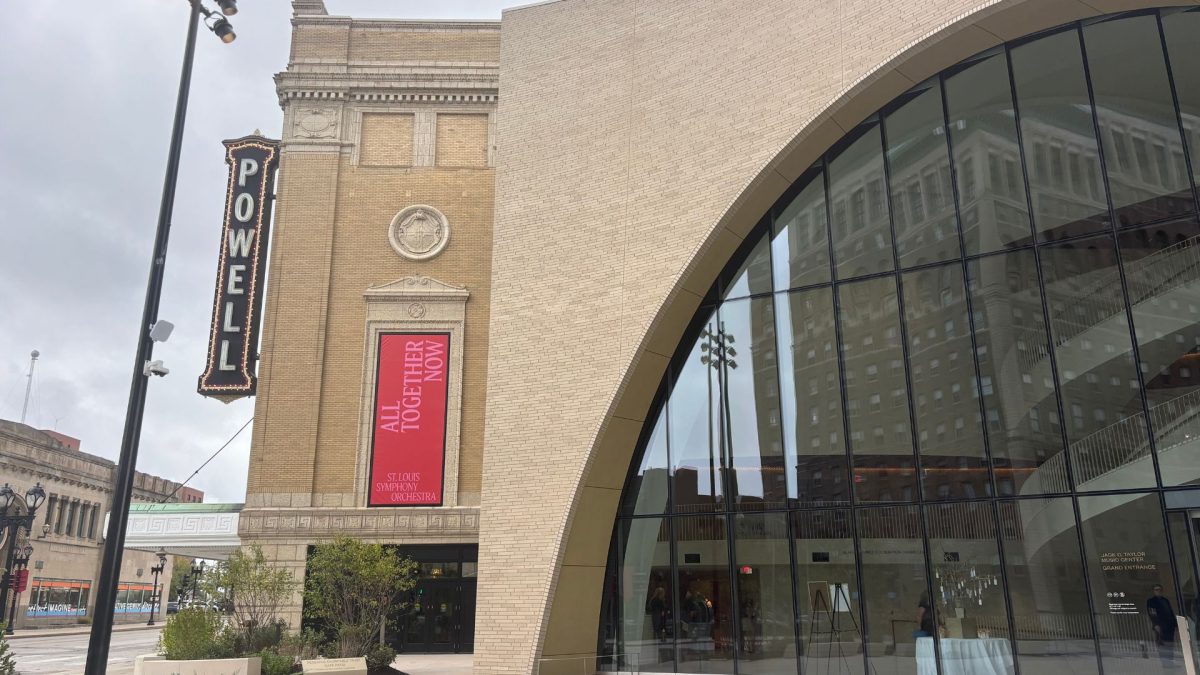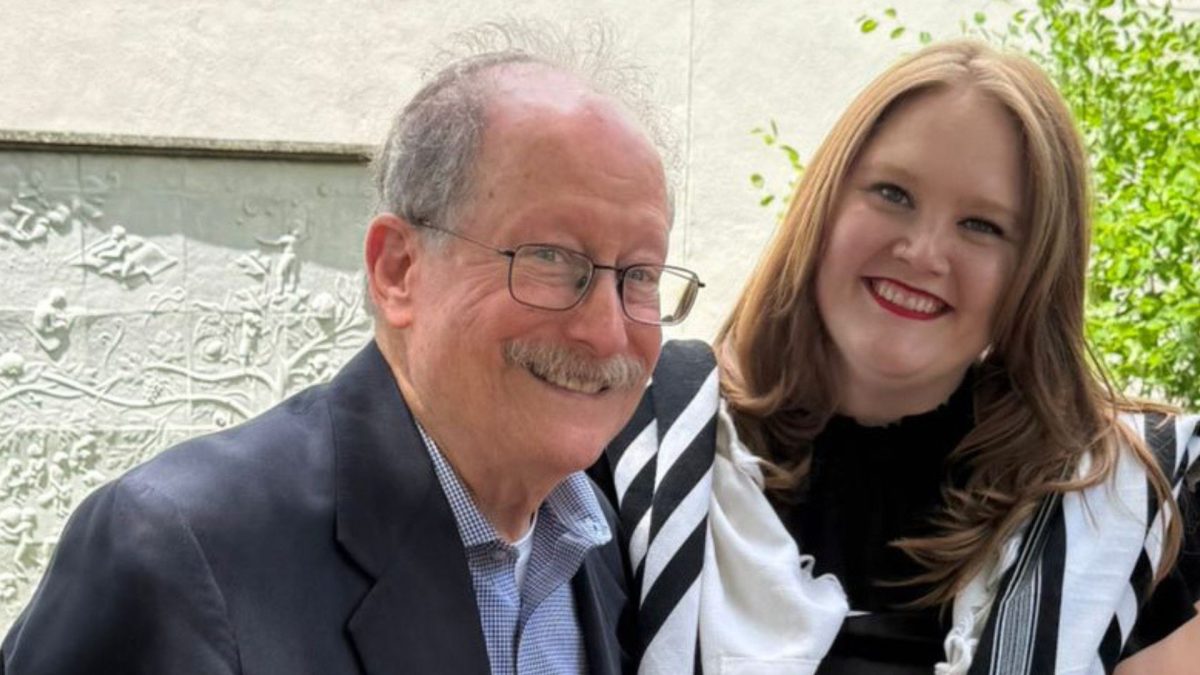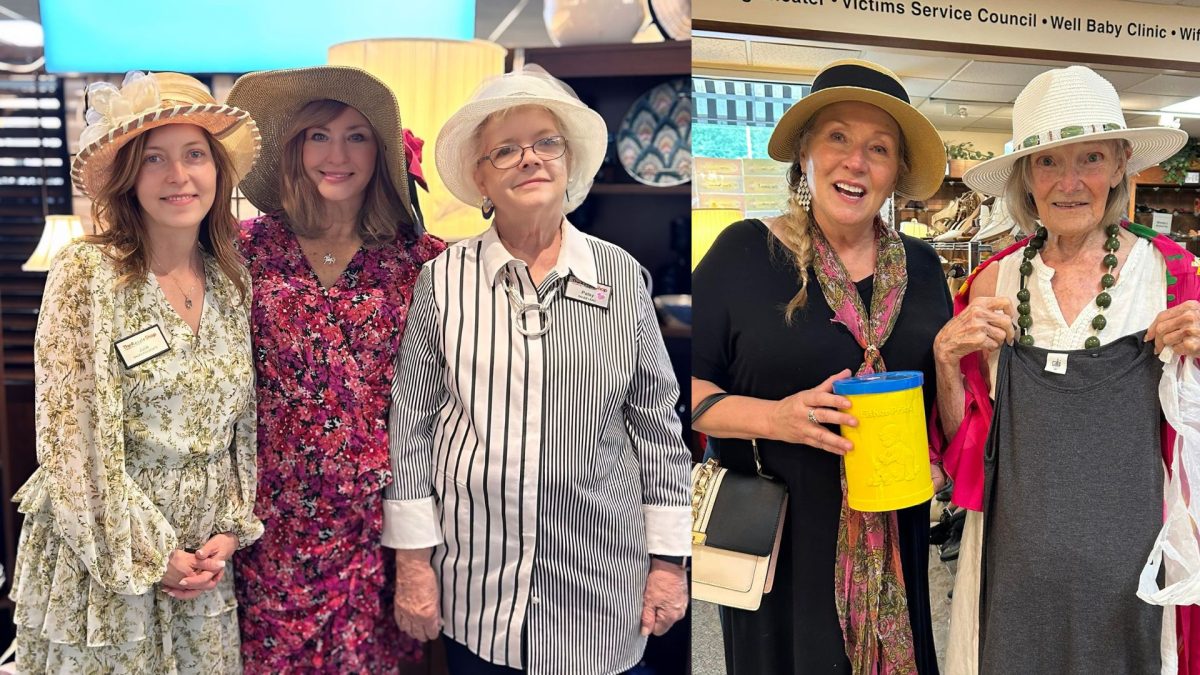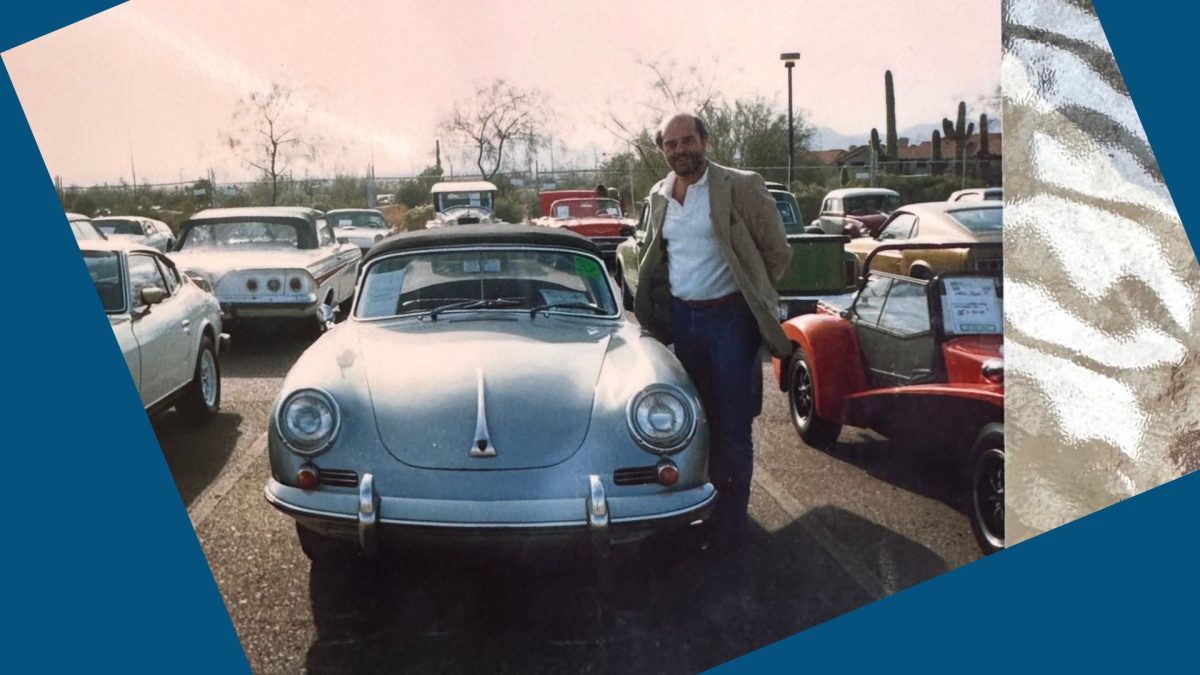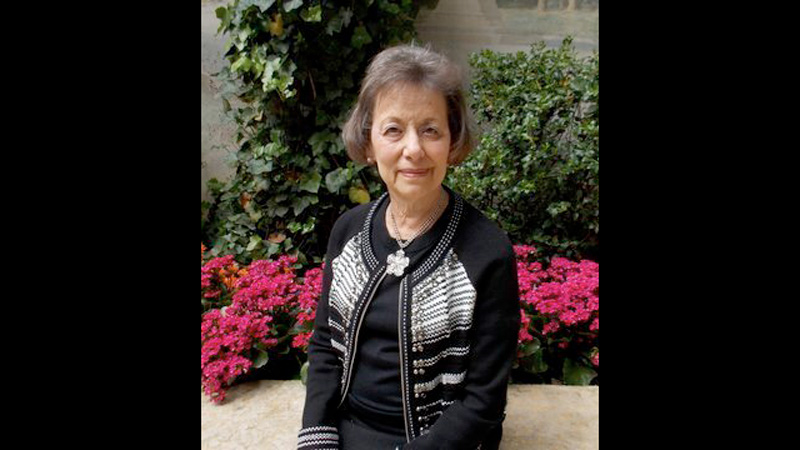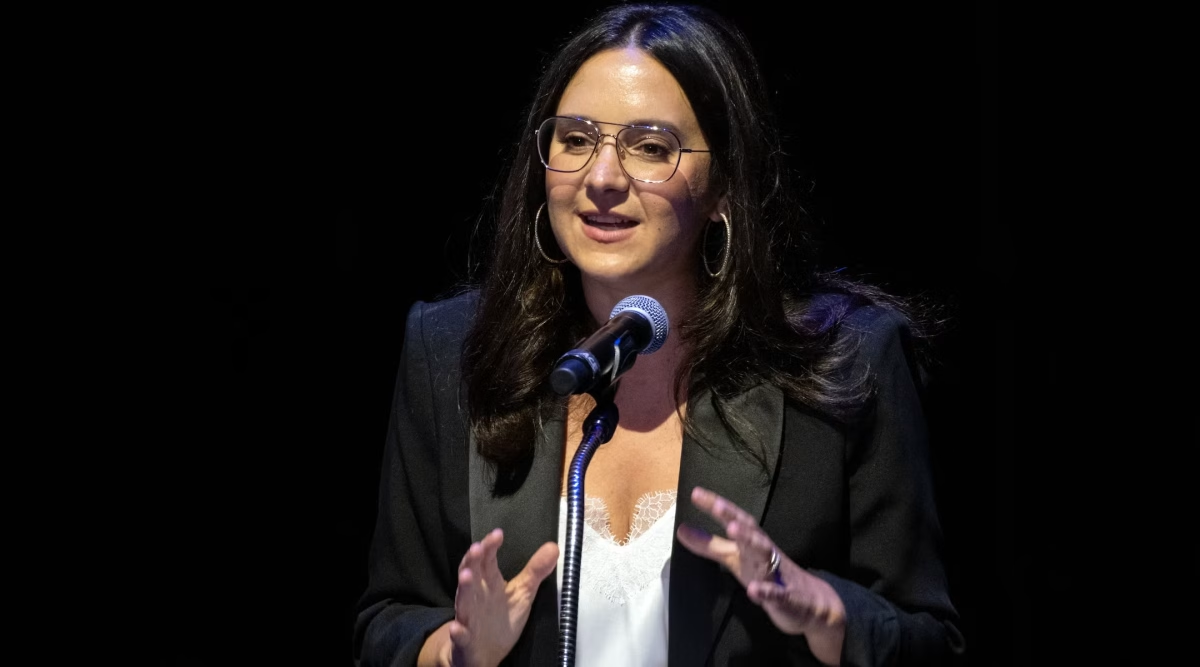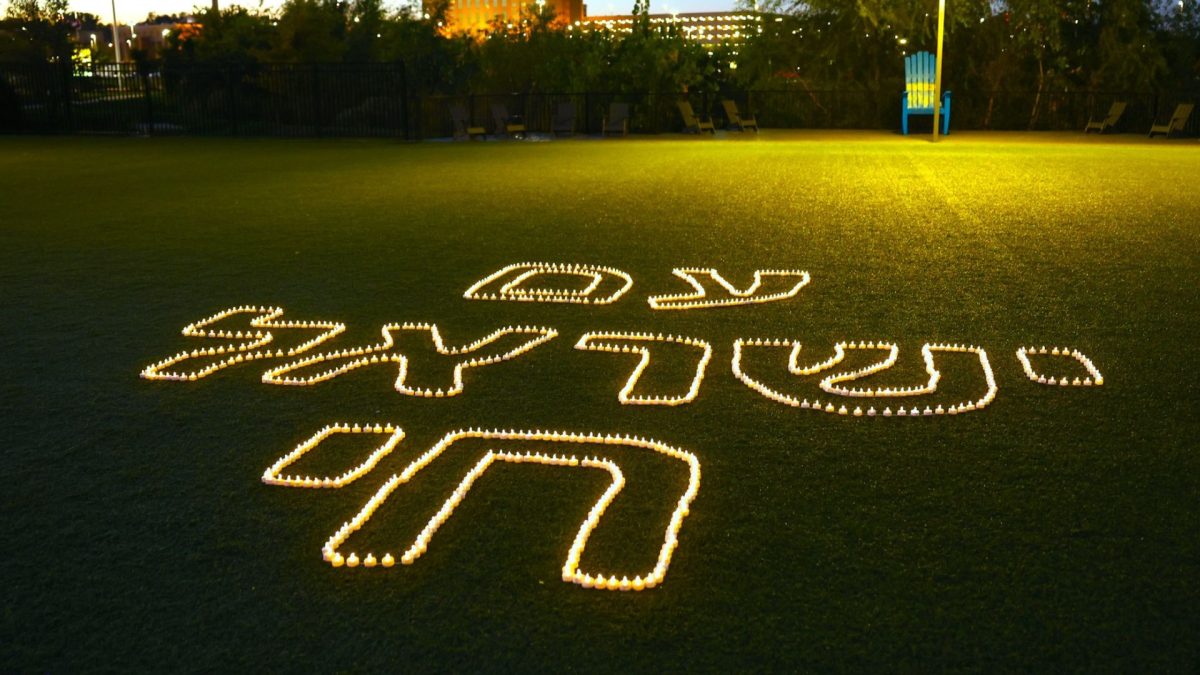Celia Weingart, a 20-year-old sophomore at Miami University and St. Louis native, is bringing a fresh perspective to Jewish representation in theater. As part of a theater history class, Weingart’s research began with a simple assignment: advocate for the inclusion of a lesser-known play in the theater canon. But what started as a class project quickly turned into a passionate exploration of how Jews are portrayed on stage, from the gritty realism of Yiddish theater to the polished charm of Broadway classics.
Weingart, who is a member of United Hebrew Congregation, said, “The more I dug into the themes of ‘God of Vengeance,’ the more I realized that this wasn’t just about a play—it was about how Jewish life and identity have changed over time.”

A play too daring for Broadway
ADVERTISEMENT
Her chosen play was “God of Vengeance,” a daring 1907 Yiddish drama by Sholem Asch. The play broke ground with themes that remain bold even by today’s standards, including a lesbian romance, critiques of religious hypocrisy and the commodification of women’s purity.
“One of the most striking symbols in the play is the Torah scroll being used as a stand-in for the female body,” Weingart explained. “It’s provocative and challenges traditional views on gender and religion.”
However, “God of Vengeance” struggled to find acceptance outside Yiddish theater. It faced backlash when it debuted on Broadway, condemned by both Jewish and secular communities for its controversial themes. The play became the first and last Yiddish drama to reach Broadway, effectively disappearing from public consciousness for nearly a century.
From ‘God of Vengeance’ to ‘Fiddler on the Roof’
That disappearance prompted Weingart to explore how Jewish storytelling evolved in the decades after “God of Vengeance.” She found a striking contrast in “Fiddler on the Roof,” the beloved Broadway adaptation of Sholom Aleichem’s “Tevye the Milkman.” While “God of Vengeance” leaned into the raw realities of Jewish life, “Fiddler on the Roof” presented a heartwarming and universal story that resonated with a broader audience.
ADVERTISEMENT
“In many ways, ‘Fiddler’ represents the cultural assimilation of Jewish stories,” Weingart said. “It’s warm and relatable, but it lacks the rawness and complexity of something like ‘God of Vengeance.’ That tension between authenticity and assimilation is something I keep coming back to.”
Different approaches to Jewish storytelling
Weingart also examined the connection between Sholem Asch and Sholom Aleichem, contemporaries whose works reflected different approaches to storytelling. “While Asch’s work embraced gritty realism, Aleichem’s stories leaned toward heartwarming relatability,” she said. These differences, she believes, explain why “Fiddler on the Roof” became a cultural touchstone while “God of Vengeance” was left behind.
Bringing Yiddish theater back into the spotlight
Weingart’s research has grown beyond her classroom project. As a member of the Honors College at Miami University, she plans to continue exploring how Jewish representation has evolved in theater and film.
“I want to bring plays like ‘God of Vengeance’ back into the spotlight and remind audiences of the rich, complex history of Yiddish theater,” she said.
For the St. Louis community and beyond, Weingart’s work serves as a bridge between past and present. By revisiting forgotten stories and challenging stereotypes, she’s helping to rekindle a new appreciation for the complexities of Jewish identity on stage.





